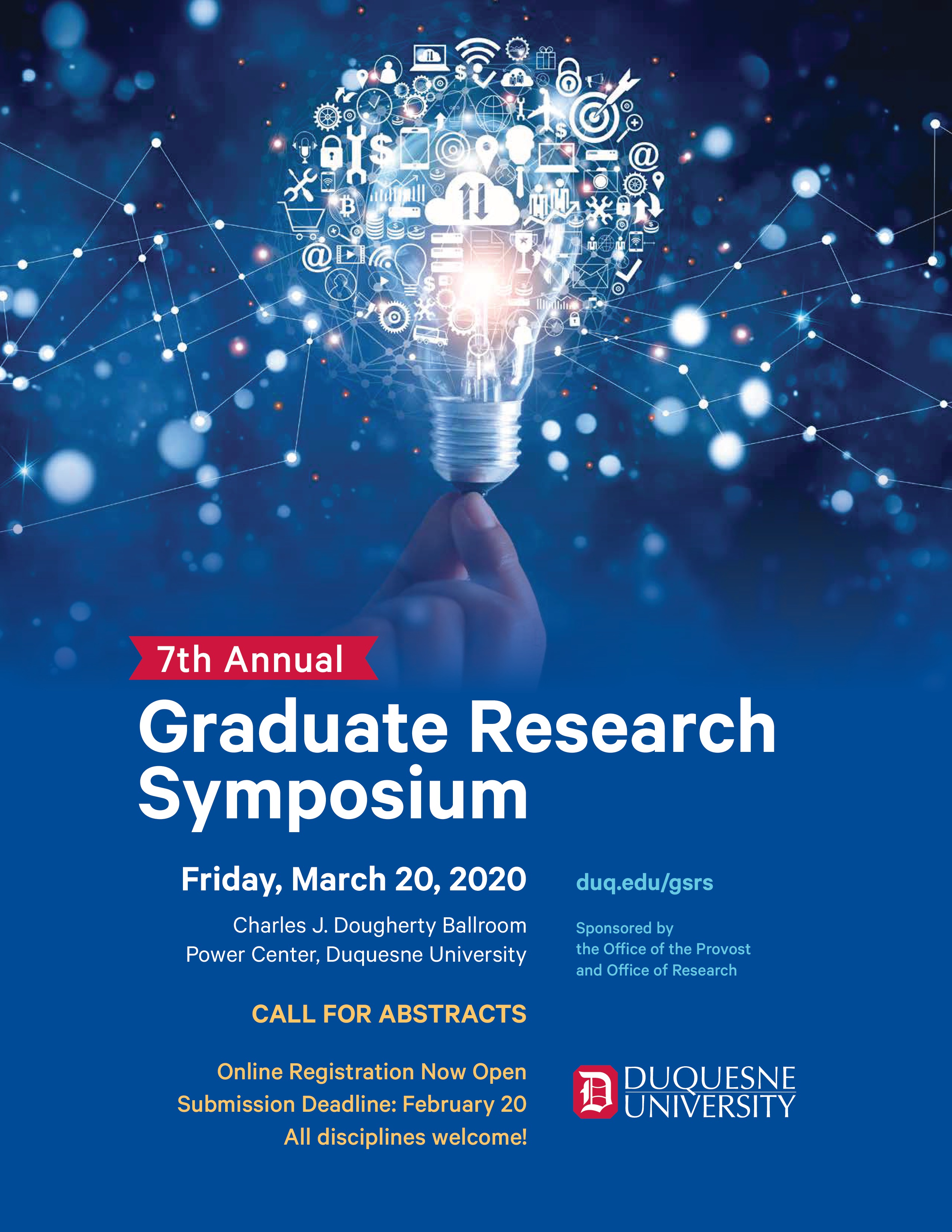Presenter Information
David Brown1,2
1 Forensic Science and Law Program, Duquesne University Pittsburgh, PA
2 Department of Biological Sciences, Duquesne University Pittsburgh, PA
Abstract
The protein component of human semen largely consists of a group of proteins called the semenogelins. After ejaculation, they undergo protein-protein interactions to form the coagulation of seminal fluid for protection of spermatozoa prior to fertilization. Because of their abundance, the semenogelin proteins are an effective marker to detect human semen at crime scenes, even after substantial degradation. The goal of this study is to create an optimized method for producing novel antibodies for the semenogelin proteins that can be used to detect seminal fluid. Segments of the semenogelin 1 gene were amplified, cloned into three mammalian expression vectors, and transfected into human cells for expression. Samples were taken across five days from spent media and cell lysate, separated on SDS-PAGE, and detected with immunoblots. After this expression is fully optimized, antibodies can be created against the purified recombinant semenogelins and tested for their ability to detect traces of semen.
School
Bayer School of Natural and Environmental Sciences
Advisor
Michael I. Jensen-Seaman
Submission Type
Poster
Included in
Recombinant Expression of Human Semenogelin Proteins and Creation of Novel Antibodies for the Detection of Human Semen
The protein component of human semen largely consists of a group of proteins called the semenogelins. After ejaculation, they undergo protein-protein interactions to form the coagulation of seminal fluid for protection of spermatozoa prior to fertilization. Because of their abundance, the semenogelin proteins are an effective marker to detect human semen at crime scenes, even after substantial degradation. The goal of this study is to create an optimized method for producing novel antibodies for the semenogelin proteins that can be used to detect seminal fluid. Segments of the semenogelin 1 gene were amplified, cloned into three mammalian expression vectors, and transfected into human cells for expression. Samples were taken across five days from spent media and cell lysate, separated on SDS-PAGE, and detected with immunoblots. After this expression is fully optimized, antibodies can be created against the purified recombinant semenogelins and tested for their ability to detect traces of semen.

